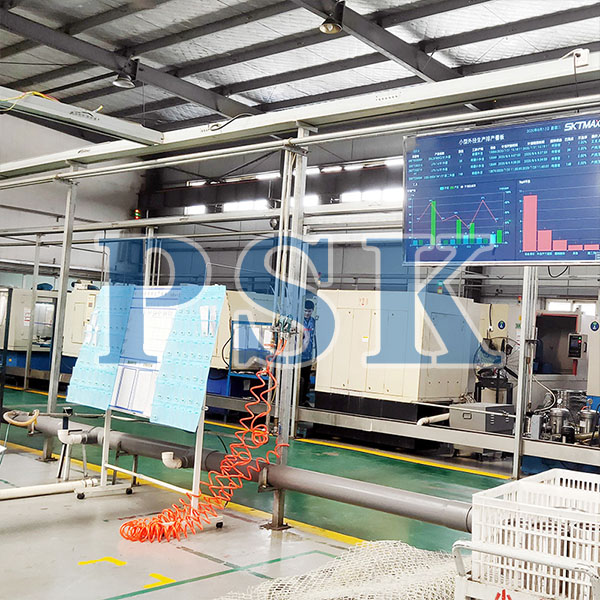Prepare before installation.
Bearings need to be installed in a monotonous, clean environment, and should be far away from equipment that generates metal chips and dust. When it is necessary to install in a complex environment, pollution should be minimized. Prepare necessary parts, tools and installation equipment before installation. And surely the best parts are installed in order. Check the machining quality of the shaft, the mating surface of the bearing hole, the end face of the shoulder, and the joint surface of the groove, and then prepare the bearing.
Cylindrical bearing installation.
1. Press-in method (also called cold installation):
a. The bearing ring and the shaft or shell are transitional or interference small bearings. They are directly pressed into the shaft or shell by mechanical or hydraulic means, and only force is applied to the bearing ring with interference fit. Pay attention Don't hammer directly with a hammer, you can pass through a sleeve and then hammer the sleeve, knock the sleeve quietly to install the bearing to a suitable position. And when knocking, it should act on the bearing ring as evenly as possible to prevent the bearing from tilting or tilting. The force cannot be transmitted through the rolling elements, otherwise it will cause crushing on the working surface of the bearing and the bearing will be quickly damaged.
b. Assuming that the inner and outer rings of the bearing are to be installed on the shaft and the housing at the same time, the same pressure must be applied to the inner and outer rings at the same time, and the bearing must be pressed into the shaft and the housing cavity at the same time, and must be in contact with the installation tool The faces are on the same plane. Similarly, the force cannot be transmitted through the rolling elements.
c. Separate bearings for the inner and outer rings can be installed in the shaft and the shell separately, and then installed together. Pay attention to the centering, and you can adjust the preload by tapping.
2. Heating or cooling method (also called thermal installation)
Bearing heater
When the bearing size is larger or the interference is larger, the required device force will increase significantly, and the principle of thermal expansion and contraction is required to install. The temperature difference required by the device between the bearing ring and the shaft or housing depends on the size of the interference and the size of the bearing. Generally use oil bath heating or induction heater to heat. The more suitable heating temperature is 80 degrees-100 degrees, the highest can not exceed 120 degrees. (The heating temperature of open bearings shall not exceed 120°C. It is not recommended to heat bearings with seals and dust caps above 80°C. Ensure that the temperature does not exceed the allowable temperature of seals and grease.)
After the heating bearing is assembled and cooled, the thickness direction will shrink. At this time, nuts or other methods are required to tighten the bearing axially to avoid axial clearance.
Tapered bearing assembly:
The bearing whose inner hole is a tapered hole is installed by interference with the shaft. In general, seated bearings and self-aligning bearings are the majority, and there are also cylindrical bore bearings with an adapter sleeve on the inner ring. The interference after the device is determined by the axial advancing interval of the inner ring on the conical shaft diameter, adapter sleeve or withdrawal sleeve. The larger the advancing interval on the conical mating surface, the smaller the radial internal clearance of the bearing. The amount of interference can be determined by measuring the reduction in clearance or the axial advancing interval. When installing, first measure the bearing radial clearance. During the pressing process, it is sufficient to detect the clearance to the requested value.
Small and medium-sized bearings can use bearing device tools or preferably use lock nuts to push the inner ring to the proper position on the conical shaft diameter. When using an adapter sleeve, use a sleeve nut that can be locked with a hook wrench or an impact wrench. The withdrawal sleeve can be pushed into the inner hole of the bearing with a bearing device tool or an end plate. Larger bearings require more force to install, so hydraulic nuts should be used.
Adjustment of bearing clearance:
Single and double row angular contact ball bearings, tapered roller bearings, thrust bearings, in the final stage of the installation, is to adjust the bearing clearance. It needs to be adjusted accurately according to the device structure, load, working temperature and bearing performance. Adjusting the clearance can be measured with a dial indicator, and can also be adjusted with experience.
Bearing disassembly:
The bearings are still being dismantled profitably. Different bearings are viewed differently. How to dismantle the bearings correctly。
Bearings for each type of bearings

